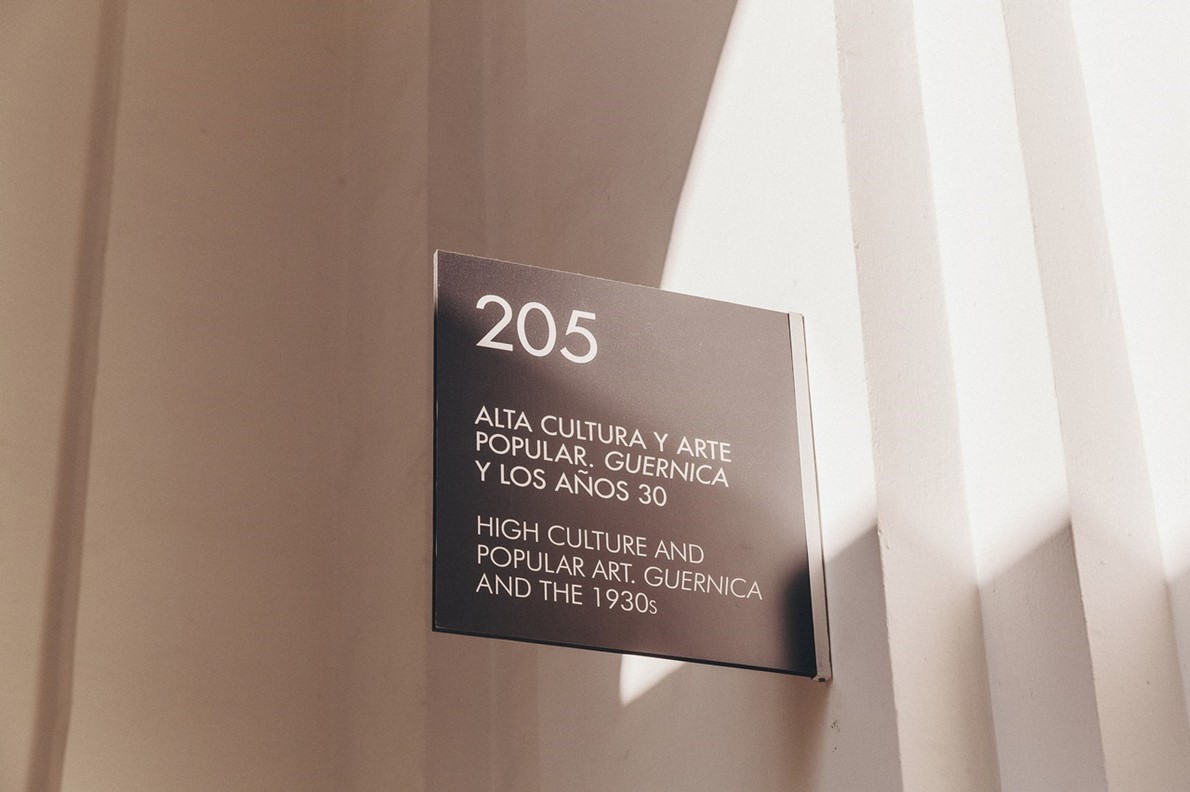MADRID — “No foto!” was long the refrain
from guards at the Reina Sofía museum in Madrid if a visitor dared to attempt
to take a picture of “Guernica,” Pablo Picasso’s 1937 anti-war masterpiece. But
as one couple took a selfie Wednesday and another woman adjusted her hair while
smiling shyly into her phone’s camera, those guards were relaxed, offering tips
about audio guides rather than yelling.
اضافة اعلان
The museum lifted its longtime ban on
photos of “Guernica” this month, belatedly joining the Instagram era. Still
prohibited in Room 205.10 are the use of flash, tripods and selfie sticks, out
of concern that the 25-foot oil painting could be damaged.
“Allowing photographs to be taken of
‘Guernica’ is intended to enhance the experience of viewing the painting,
bringing it closer to the public and allowing what has been possible in other
museums for a long time,” a Reina Sofía spokesperson wrote in an email.
The spokesperson added, referring to
advances in technology, “The fact that the means have advanced and that they do
not endanger the work did not justify, at this point, the prohibition.”
Ten minutes after the museum opened its
doors Wednesday, about a dozen people gathered in front of “Guernica.” Many
stood close to the painting before shifting away for a different perspective.
Ronny de Jong, visiting from Rotterdam,
Netherlands, spent about 45 minutes taking in the work, a black-and-white
cubist painting that depicts the horrors of the Spanish Civil War and disturbed
those who saw it at the 1937 World’s Fair in Paris.
 A sign in the Reina Sofía museum, home to
“Guernica,” Pablo Picasso’s 1937 antiwar painting in Madrid, Spain on Sept. 13,
2023.
A sign in the Reina Sofía museum, home to
“Guernica,” Pablo Picasso’s 1937 antiwar painting in Madrid, Spain on Sept. 13,
2023.
De Jong said he loved to remember his
museum visits through photos and that he was slightly annoyed that the nearby
Prado museum, home to many of Spain’s most important pre-20th-century artworks,
banned photographs altogether.
“I did make some pictures — like stealthily
— and no one was harmed,” he said.
Another visitor, Flavia Morelli of Rimini,
Italy, praised the Reina Sofía’s recent decision to allow photographs of
“Guernica.” “I think it’s a way to create a stronger link between people of
varying levels of culture and art,” she said.
The Reina Sofía did not explain the origins
of the ban on photographing one specific painting, but museums have long
struggled with how best to conserve artworks and manage resources while trying
to remain relevant to the public. For example, visitors cannot take photos
inside the Sistine Chapel in Italy, and photography and filming are prohibited
in some special exhibitions at museums because of copyright or lending
concerns.
Nina Simon, the author of “The
Participatory Museum,” said one reason museums originally banned photos was a
fear that people would not visit in person if they were able to see the images
online. That worry has abated, she said, but there is still genuine fear that
works could be damaged by distracted visitors, and that their photographs could
fundamentally alter museum programming.
“There becomes a concern that the museum
becomes the backdrop to your perfect Instagram life,” Simon said, “or that the
museum shifts the design of exhibits to cater to create great Instagram
moments, which could be seen as cheapening in some way.”
Along with the vocal guards, visitors to
the Reina Sofía have traditionally been separated from “Guernica” by a long
divider that spans the length of the artwork.
But the painting, which Picasso lent to the
Museum of Modern Art in New York for decades while Gen. Francisco Franco was in
power in Spain, has not always been so restricted. When it was on view at MoMA
in 1974, Tony Shafrazi, an artist who later became a successful art dealer,
sprayed “Kill Lies All” in red foot-high letters on the canvas.
The painting, which avoided permanent
damage because of a heavy coat of varnish, was returned to Spain in 1981.
Seema Rao, who leads Brilliant Idea Studio,
a firm that focuses on museum experiences, said museums must learn to keep up
with the demands of visitors who have traveled from around the world to see
works like “Guernica.” “If you can’t hold on to that, it doesn’t matter, it
doesn’t feel like it has value,” she said.
“Museums are basically becoming dinosaurs,”
Rao continued. “They are so behind the times. In order to be a part of society
they have to update these policies.”
One visitor at the Reina Sofía Wednesday,
Richard Rottman of Los Angeles, called “Guernica” an important Picasso shortly
after someone tapped his shoulder.
“I was in the way of their photo,” he said,
laughing.
Read more Culture and Arts
Jordan News





